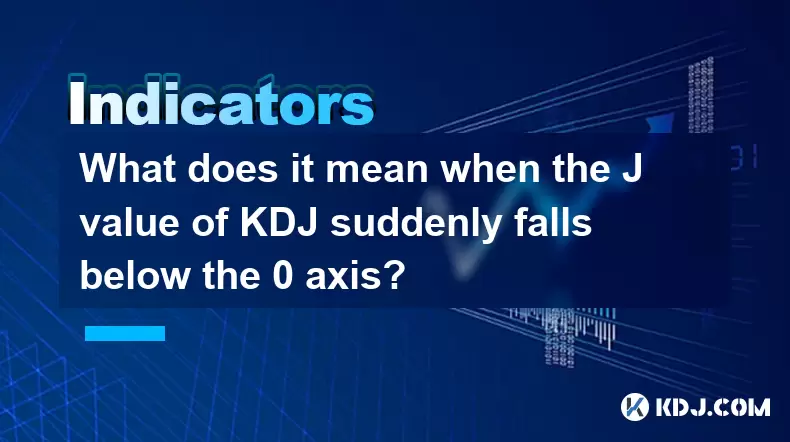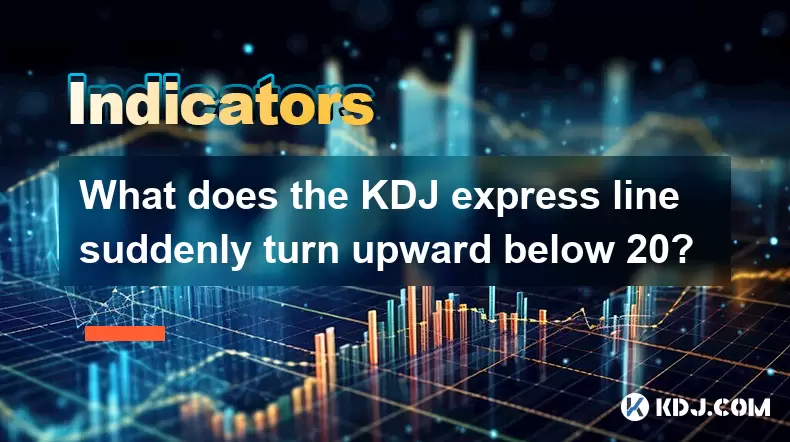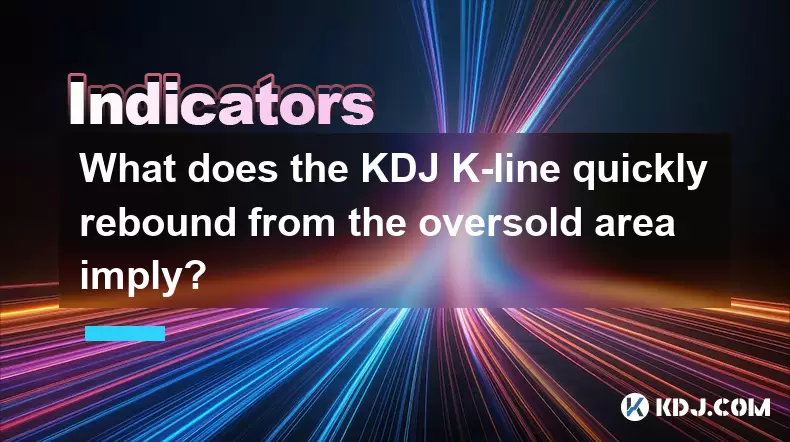-
 Bitcoin
Bitcoin $115100
-2.99% -
 Ethereum
Ethereum $3642
-1.38% -
 XRP
XRP $3.027
-5.51% -
 Tether USDt
Tether USDt $1.000
-0.05% -
 BNB
BNB $763.4
-1.32% -
 Solana
Solana $177.2
-5.42% -
 USDC
USDC $0.9999
-0.02% -
 Dogecoin
Dogecoin $0.2247
-6.47% -
 TRON
TRON $0.3135
0.23% -
 Cardano
Cardano $0.7824
-4.46% -
 Hyperliquid
Hyperliquid $42.53
-0.97% -
 Stellar
Stellar $0.4096
-6.09% -
 Sui
Sui $3.662
-2.61% -
 Chainlink
Chainlink $17.63
-3.57% -
 Bitcoin Cash
Bitcoin Cash $536.3
2.94% -
 Hedera
Hedera $0.2450
0.34% -
 Avalanche
Avalanche $23.23
-3.15% -
 Litecoin
Litecoin $112.2
-1.23% -
 UNUS SED LEO
UNUS SED LEO $8.976
-0.30% -
 Shiba Inu
Shiba Inu $0.00001341
-2.72% -
 Toncoin
Toncoin $3.101
-2.44% -
 Ethena USDe
Ethena USDe $1.001
-0.05% -
 Uniswap
Uniswap $10.08
-1.97% -
 Polkadot
Polkadot $3.938
-2.77% -
 Monero
Monero $323.9
0.87% -
 Dai
Dai $0.9999
-0.02% -
 Bitget Token
Bitget Token $4.481
-1.69% -
 Pepe
Pepe $0.00001199
-5.94% -
 Aave
Aave $288.2
-0.68% -
 Cronos
Cronos $0.1279
0.36%
How to capture the direction selection signal of the 1-hour Bollinger Band closing + 15-minute cross star?
A 1-hour Bollinger Band close beyond the bands followed by a 15-minute cross star signals potential reversal, ideal for short-term crypto entries with volume confirmation.
Jul 24, 2025 at 03:28 pm

Understanding the Bollinger Band Indicator in Cryptocurrency Trading
The Bollinger Band is a widely used technical analysis tool in the cryptocurrency market that helps traders identify volatility and potential price reversals. It consists of three lines: the middle band, which is a simple moving average (SMA), typically set at 20 periods; the upper band, which is the SMA plus two standard deviations; and the lower band, which is the SMA minus two standard deviations. When the bands contract, it indicates low volatility, often preceding a sharp price movement. When they expand, it signals increased volatility. In the context of a 1-hour timeframe, the Bollinger Band provides a reliable measure of short-to-mid-term price trends and potential breakout points. Traders monitor whether the price is near the upper or lower band to assess overbought or oversold conditions.
Interpreting 1-Hour Bollinger Band Closing Signals
A closing signal on the 1-hour Bollinger Band occurs when the candlestick closes outside or touches either the upper or lower band. This event can indicate a strong directional momentum. For instance, if the closing price is above the upper band, it may suggest an overbought condition and potential for a downward correction. Conversely, a close below the lower band could signal an oversold market and a possible upward reversal. However, in strong trending markets, such closes can also indicate continuation rather than reversal. Therefore, it's essential to combine this signal with other indicators or timeframes for confirmation. The 1-hour chart offers a balanced view—neither too noisy like lower timeframes nor too delayed like daily charts—making it ideal for swing and intraday traders.
Recognizing the 15-Minute Cross Star Pattern
The cross star is a candlestick pattern characterized by a small real body with long upper and lower shadows, indicating market indecision. On the 15-minute chart, this pattern often appears at potential reversal points after a strong move. When the cross star forms near a Bollinger Band extreme on the 1-hour chart, it enhances the significance of the signal. For example, if the 1-hour price has closed above the upper Bollinger Band and the next 15-minute candle forms a cross star, it suggests that upward momentum is weakening. Similarly, a cross star after a 1-hour close below the lower band may indicate exhaustion in selling pressure. The key is the location and context of the cross star—its predictive power increases when it aligns with overextended Bollinger Band conditions.
Combining 1-Hour Bollinger Band and 15-Minute Cross Star for Directional Signals
To capture the direction selection signal, traders must synchronize the two indicators across timeframes. Start by monitoring the 1-hour chart for a candle that closes outside or at the edge of the Bollinger Band. Once such a close occurs, switch to the 15-minute chart to observe the subsequent price action. Look for the formation of a cross star candle within the next few periods. The alignment of these two events increases the probability of a directional shift. If the 1-hour close was above the upper band and the 15-minute cross star appears shortly after, prepare for a potential short entry. Conversely, if the 1-hour close was below the lower band and a 15-minute cross star forms, consider a long entry. Use volume analysis to confirm the strength of the signal—declining volume during the cross star supports reversal expectations.
Step-by-Step Procedure to Capture the Signal
- Open a cryptocurrency trading platform that supports multi-timeframe analysis, such as TradingView or MetaTrader.
- Load the 1-hour chart of your chosen cryptocurrency pair (e.g., BTC/USDT).
- Apply the Bollinger Band indicator with default settings (20-period SMA, 2 standard deviations).
- Wait for a candle to close at or beyond the upper or lower band.
- Immediately switch to the 15-minute chart of the same asset.
- Scan for the next few candles to identify a cross star pattern—a candle with a very small body and long wicks on both ends.
- Confirm that the cross star appears within one to three candles after the 1-hour signal.
- Check the volume on the 15-minute chart; a drop in volume during the cross star strengthens the reversal signal.
- Set entry orders: place a sell limit order slightly below the low of the cross star for a short, or a buy limit order above the high for a long.
- Place a stop-loss just beyond the opposite side of the cross star’s range.
- Use a take-profit level based on the nearest support or resistance, or set a risk-reward ratio of at least 1:2.
Common Pitfalls and Risk Management
Traders often misinterpret the cross star as a reversal signal without confirming the broader trend. In a strong trending market, a 1-hour Bollinger Band close followed by a 15-minute cross star might only indicate a pause, not a reversal. Avoid entering trades solely based on pattern recognition without considering the overall market structure. Use additional tools like RSI or MACD on the 1-hour chart to confirm overbought or oversold conditions. Also, be cautious during low-liquidity periods or major news events, as price action can be erratic. Always use position sizing to limit exposure—never risk more than 1-2% of your trading capital on a single setup. Backtest the strategy on historical data to evaluate its performance across different market conditions.
Frequently Asked Questions
Q: What if the cross star appears more than three candles after the 1-hour Bollinger Band close?
A: The signal loses relevance if the cross star forms too late. The timing alignment is crucial. A delay suggests that the initial momentum has either continued or dissipated without indecision, reducing the reliability of the pattern.
Q: Can this strategy be applied to altcoins with low trading volume?
A: It is not recommended. Low-volume altcoins are prone to whipsaws and false signals. The Bollinger Band may contract or expand due to thin order books, and the cross star could be noise rather than genuine indecision. Stick to high-liquidity pairs like BTC, ETH, or major stablecoin pairs.
Q: How do I distinguish a cross star from a doji?
A: While all cross stars are dojis, not all dojis are cross stars. A true cross star has nearly equal upper and lower shadows with a tiny or nonexistent body, centered in the middle. A regular doji may have uneven shadows or appear at the top or bottom, indicating different sentiment.
Q: Should I use Bollinger Bands with different settings?
A: The default 20-period and 2-standard deviation settings are optimal for this strategy. Changing them may distort the signal frequency and reliability. The 20-period SMA aligns well with short-term market cycles, and the 2-sigma bands capture approximately 95% of price action under normal conditions.
Disclaimer:info@kdj.com
The information provided is not trading advice. kdj.com does not assume any responsibility for any investments made based on the information provided in this article. Cryptocurrencies are highly volatile and it is highly recommended that you invest with caution after thorough research!
If you believe that the content used on this website infringes your copyright, please contact us immediately (info@kdj.com) and we will delete it promptly.
- Bitcoin Swift (BTC3): Last Call for Presale Stage 1!
- 2025-07-25 23:10:12
- Kiyosaki's Crypto Playbook: Ditching Paper for Real Assets Like Bitcoin
- 2025-07-25 22:30:11
- Satoshi-Era Whales Stir the Bitcoin Pot: What's the Deal?
- 2025-07-25 22:30:12
- Pi Coin Value in Indian Rupees (INR) 2024: Decoding the Hype
- 2025-07-25 21:45:50
- Crypto Investing: Top Picks and Meme Coin Mania in '25
- 2025-07-25 21:52:07
- Ark Invest's Portfolio Rebalance: Coinbase, Block, and the Crypto Shift
- 2025-07-25 21:52:07
Related knowledge

What does it mean when the J value of KDJ suddenly falls below the 0 axis?
Jul 26,2025 at 12:01am
Understanding the KDJ Indicator in Cryptocurrency TradingThe KDJ indicator is a momentum oscillator widely used in cryptocurrency trading to identify ...

How to interpret that the KDJ D line is downward for a long time but the price is sideways?
Jul 25,2025 at 07:00pm
Understanding the KDJ Indicator and Its ComponentsThe KDJ indicator is a momentum oscillator widely used in cryptocurrency trading to assess overbough...

What does the KDJ express line suddenly turn upward below 20?
Jul 25,2025 at 11:49pm
Understanding the KDJ Indicator in Cryptocurrency TradingThe KDJ indicator is a momentum oscillator widely used in cryptocurrency trading to identify ...

What does the KDJ K-line quickly rebound from the oversold area imply?
Jul 26,2025 at 12:21am
Understanding the KDJ Indicator in Cryptocurrency TradingThe KDJ indicator is a momentum oscillator widely used in cryptocurrency trading to identify ...

What does it mean that the KDJ indicator forms a double bottom at a low level?
Jul 25,2025 at 05:08pm
Understanding the KDJ Indicator in Cryptocurrency TradingThe KDJ indicator is a momentum oscillator widely used in cryptocurrency trading to identify ...

What does it mean that the RSI continues to hover in the 40-60 range?
Jul 25,2025 at 11:07pm
Understanding the RSI and Its Typical BehaviorThe Relative Strength Index (RSI) is a momentum oscillator that measures the speed and change of price m...

What does it mean when the J value of KDJ suddenly falls below the 0 axis?
Jul 26,2025 at 12:01am
Understanding the KDJ Indicator in Cryptocurrency TradingThe KDJ indicator is a momentum oscillator widely used in cryptocurrency trading to identify ...

How to interpret that the KDJ D line is downward for a long time but the price is sideways?
Jul 25,2025 at 07:00pm
Understanding the KDJ Indicator and Its ComponentsThe KDJ indicator is a momentum oscillator widely used in cryptocurrency trading to assess overbough...

What does the KDJ express line suddenly turn upward below 20?
Jul 25,2025 at 11:49pm
Understanding the KDJ Indicator in Cryptocurrency TradingThe KDJ indicator is a momentum oscillator widely used in cryptocurrency trading to identify ...

What does the KDJ K-line quickly rebound from the oversold area imply?
Jul 26,2025 at 12:21am
Understanding the KDJ Indicator in Cryptocurrency TradingThe KDJ indicator is a momentum oscillator widely used in cryptocurrency trading to identify ...

What does it mean that the KDJ indicator forms a double bottom at a low level?
Jul 25,2025 at 05:08pm
Understanding the KDJ Indicator in Cryptocurrency TradingThe KDJ indicator is a momentum oscillator widely used in cryptocurrency trading to identify ...

What does it mean that the RSI continues to hover in the 40-60 range?
Jul 25,2025 at 11:07pm
Understanding the RSI and Its Typical BehaviorThe Relative Strength Index (RSI) is a momentum oscillator that measures the speed and change of price m...
See all articles

























































































